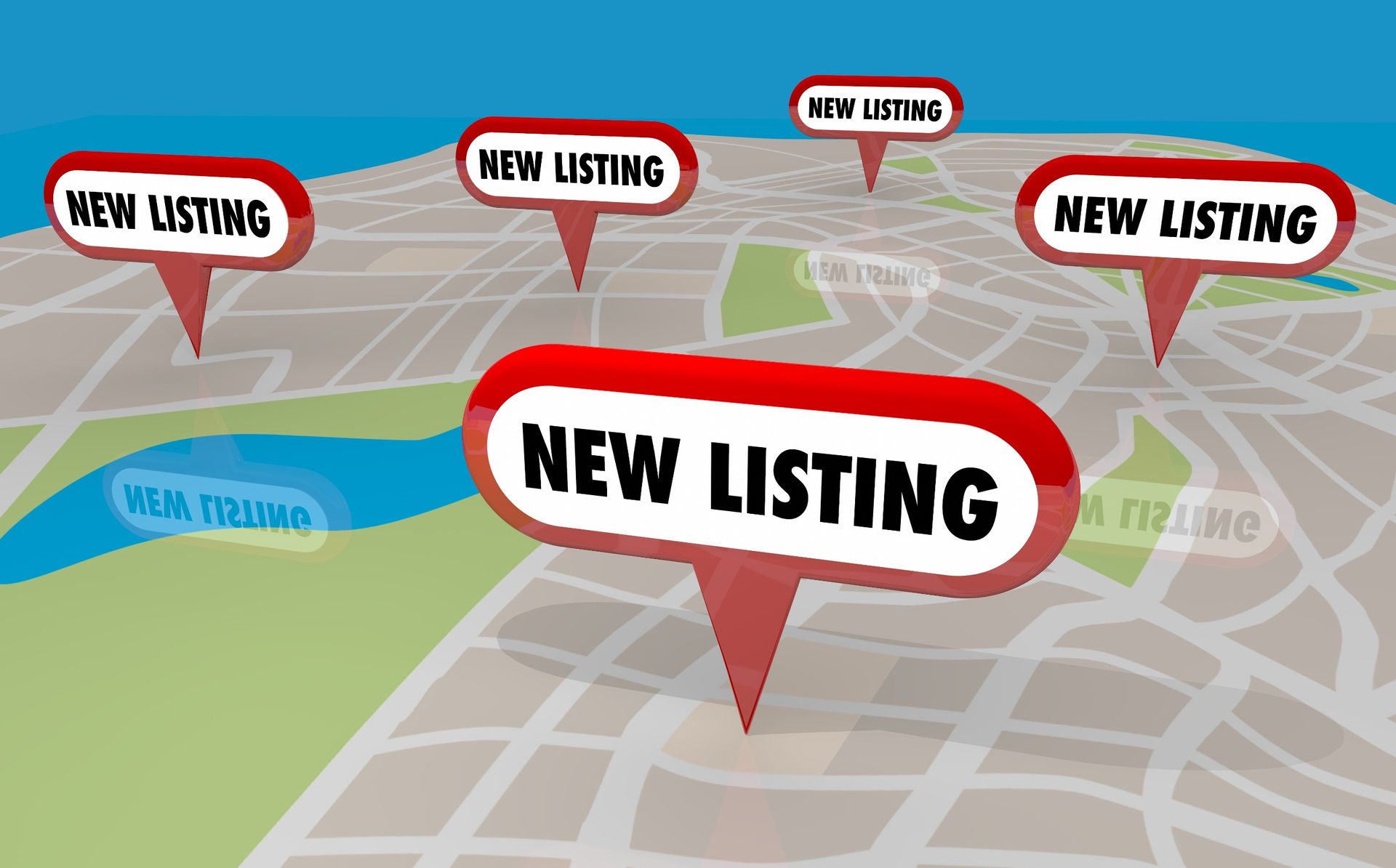The Ultimate Guide to Content Marketing Strategy for Small Businesses
Content marketing has become the heart and soul of today's digital advertising. It's an art and a science—a delicate balance of creativity and strategy.
For small business owners, harnessing the power of content marketing is about building a community around your brand, showcasing expertise, and ultimately, driving sales.
This comprehensive guide breaks down the content marketing process into actionable steps, with a focus on what's most effective for small businesses. This guide will equip you with the tools to create a content marketing strategy that works.
Why Content Marketing is Essential for Small Businesses
Small businesses face the daunting task of not only reaching their target audience but also carving out a niche in the consumer's mind. Content marketing offers a way to do this that is not only cost-effective but can also level the playing field between small businesses and larger, more established brands.
By creating and sharing content that is both valuable and relevant, small businesses can engage with their audience on a personal level, leading to stronger brand loyalty and trust.
Content Marketing Versus Traditional Advertising
Traditional advertising, while still effective, is becoming less influential in the era of ad blockers and fast-forwarded commercials. Content marketing takes a different approach by providing educational, entertaining, or informative content that consumers choose to engage with rather than actively avoid.
This shift in approach has opened the door for small businesses to create a presence that resonates with their audience without the hefty price tag of traditional advertising.
Building Trust and Credibility
For a small business, trust and credibility can be make-or-break factors in success. Content marketing allows you to showcase your knowledge and passion for your industry, positioning your business as an authority in your field. This, in turn, builds trust with consumers who are more likely to do business with companies they perceive as knowledgeable and authentic.
Understanding Your Audience: The First Step in Content Strategy
Before you can market to your audience, you need to understand them. Crafting a detailed buyer persona is an essential first step in any content
marketing strategy.
Crafting a detailed buyer persona involves considering several key factors:
- Demographics: Age, location, gender, income level, and education level are crucial for understanding who your audience is.
- Interests and Hobbies: What do they do in their free time? Understanding their interests can help in creating content that resonates with them.
- Challenges and Pain Points: Identifying the problems your target audience faces will enable you to tailor your content to offer solutions.
- Goals and Aspirations: Knowing what your audience aims to achieve, both personally and professionally, can guide the development of inspirational and motivational content.
- Preferred Content Channels: Determine where your audience spends their time online. Are they avid Instagram users, or do they prefer the depth of blog posts?
- Buying Behavior: Understanding how your audience makes purchasing decisions is key to crafting content that guides them along the buyer's journey.
Creating Valuable Content: Types and Tips
Once you understand your audience, it's time to create content that speaks to them. Valuable content is the key to any successful content marketing strategy.
Types of Content That Add Value
Creating content that adds value to your audience can take many forms, each suited to different platforms and purposes. Here are some types you might consider incorporating into your content marketing strategy:
- Blog Posts: Informative, in-depth articles that provide insights or solve problems related to your industry.
- Videos: Engaging visual content that can range from educational how-to guides to tours of your business.
- Infographics: Visual representations of data or information that make complex topics easier to understand at a glance.
- Case Studies: Detailed accounts of how your business has helped customers, showcasing real results and testimonials.
- E-books and Guides: Comprehensive, downloadable content that covers a topic thoroughly, often used as a lead magnet.
- Social Media Posts: Short, engaging content tailored to each platform to drive engagement and brand awareness.
- Email Newsletters: Regular updates that keep your audience informed and engaged with the latest news, tips, or offers from your business.
- Webinars: Live or pre-recorded educational sessions that provide valuable information and foster a sense of community.
Tips for Creating Engaging Content
- Know Your Audience: Tailor your content to meet the interests and needs of your specific audience.
- Be Consistent: Regularly publish new content to keep your audience engaged and improve your online visibility.
- Focus on Quality: Ensure your content is well-researched, well-written, and visually appealing.
- Use Storytelling: Incorporate storytelling into your content to make it more compelling and memorable.
- Optimize for SEO: Use relevant keywords and optimize titles and descriptions to improve your content's visibility in search results.
- Promote Your Content: Share your content across your social media channels and email lists to reach a wider audience.
- Measure and Analyze: Keep track of your content's performance using analytics tools to identify what works best and adjust your strategy accordingly.
Distribution Channels: Where and How to Share Your Content
Creating great content is only half the battle. To be successful, you need to get that content in front of your audience.
Choosing the right channels to distribute your content is critical for reaching your target audience and achieving your marketing goals. Here are some of the most effective channels for content distribution:
- Social Media Platforms: Share your content on platforms like Facebook, Instagram, Twitter, and LinkedIn where your audience is most active.
- Your Business Website: Publish content on your own site through a blog or resources section to drive organic traffic.
- Email Marketing: Send newsletters, exclusive offers, and content roundups to your subscribers to keep them engaged.
- Paid Advertising: Utilize paid social media ads or Google Ads to reach a wider or more targeted audience.
- Content Syndication: Partner with other websites or platforms to share your content, reaching new audiences and gaining credibility.
- Influencer Collaborations: Work with influencers in your industry to promote your content to their followers.
- Guest Blogging: Write for other blogs in your industry to tap into their audience and establish authority.
- SEO: Optimize your content for search engines to increase its visibility in organic search results.
By leveraging these distribution channels, you can increase the visibility of your content, engage with your audience, and drive more traffic to your business website.
Measuring Success: Key Metrics for Content Marketing
To determine the effectiveness of your content marketing efforts, you need to track and analyze key metrics.
Understanding and measuring the success of your content marketing strategy relies on a variety of metrics. Here are some of the key indicators to watch for:
- Website Traffic: Look at the overall traffic to your website, as well as the specific pages where your content is published, to gauge interest and engagement.
- Engagement Metrics: Track likes, shares, comments, and time spent on page to understand how your audience interacts with your content.
- Conversion Rates: Measure how effectively your content leads to the desired action, whether that's filling out a contact form, signing up for a newsletter, or making a purchase.
- SEO Rankings: Monitor your content's performance in search engine results for targeted keywords to evaluate how well your SEO efforts are working.
- Audience Growth: Keep an eye on the growth of your social media followers, email subscribers, and overall audience base to assess the reach of your content.
- Lead Generation: Track the number of leads generated from your content to quantify its effectiveness in contributing to your sales pipeline.
- Customer Feedback: Collect and analyze feedback directly from your audience through surveys, comments, or direct messages to understand their perceptions and suggestions.
By regularly monitoring these metrics, you can gain valuable insights into what works well and where there's room for improvement, allowing you to refine your content marketing strategy over time for better results.
Ready to Get Started with Your Content Strategy?
There is no one better than Whale Traffic to be on your side if you are embarking on your marketing journey and looking for a reliable and experienced partner to handle your content marketing. We have worked with clients across industries and sectors and have helped them achieve their marketing goals.
Our talented team has expertise in several marketing channels and platforms and works together to hit the mark! Our services include display ads, search ads, social ads, and more. You can reach us at
18446994253 or fill out our
contact form to know more.










